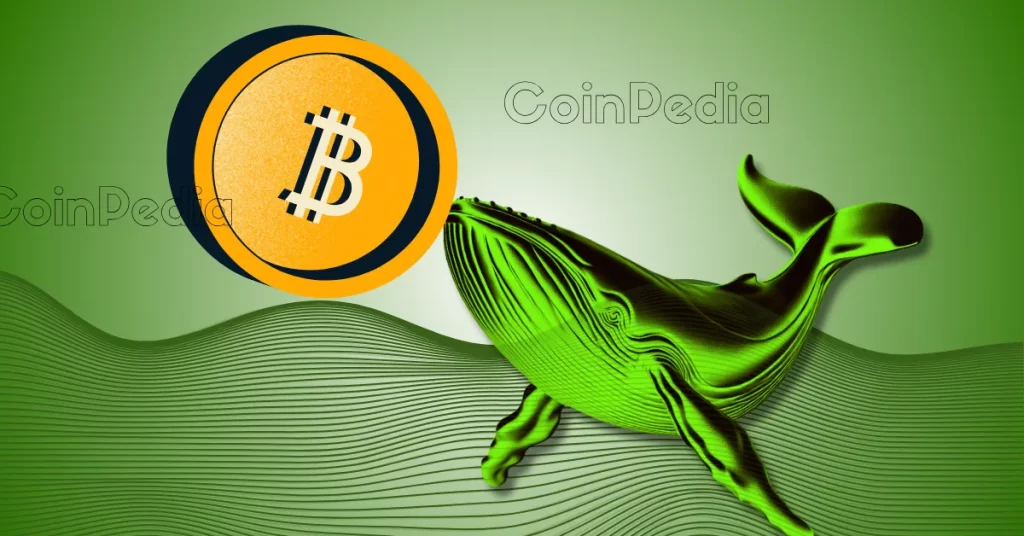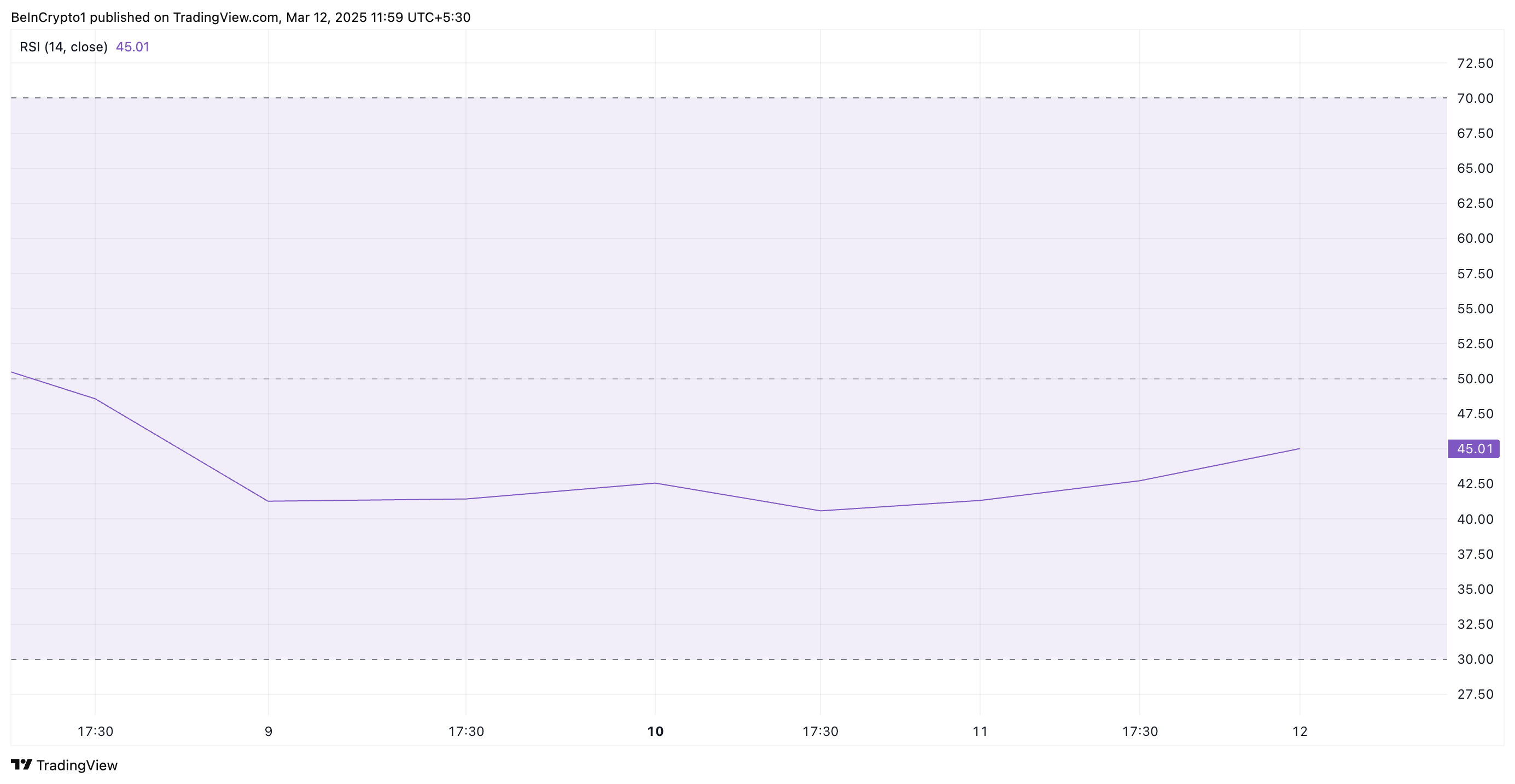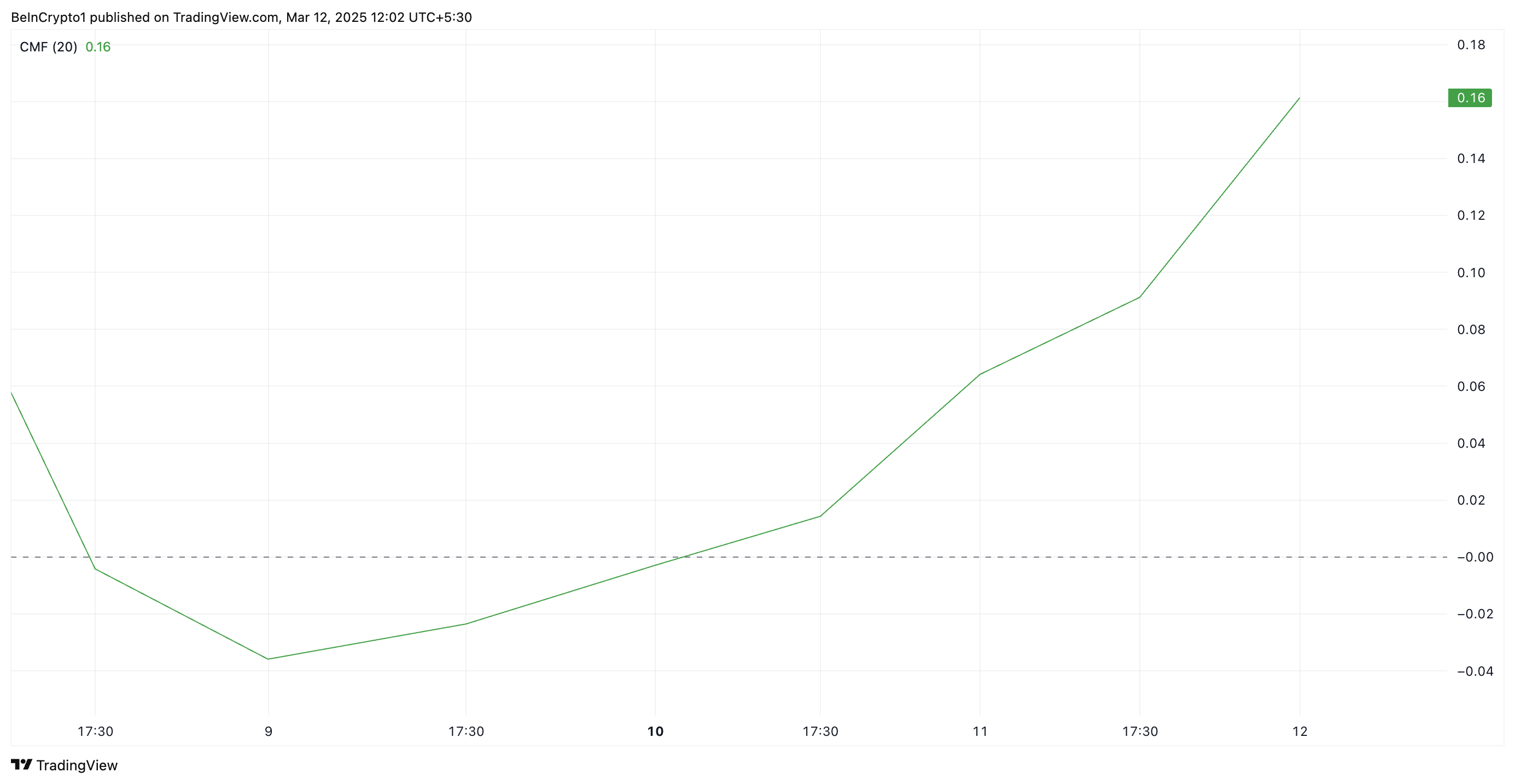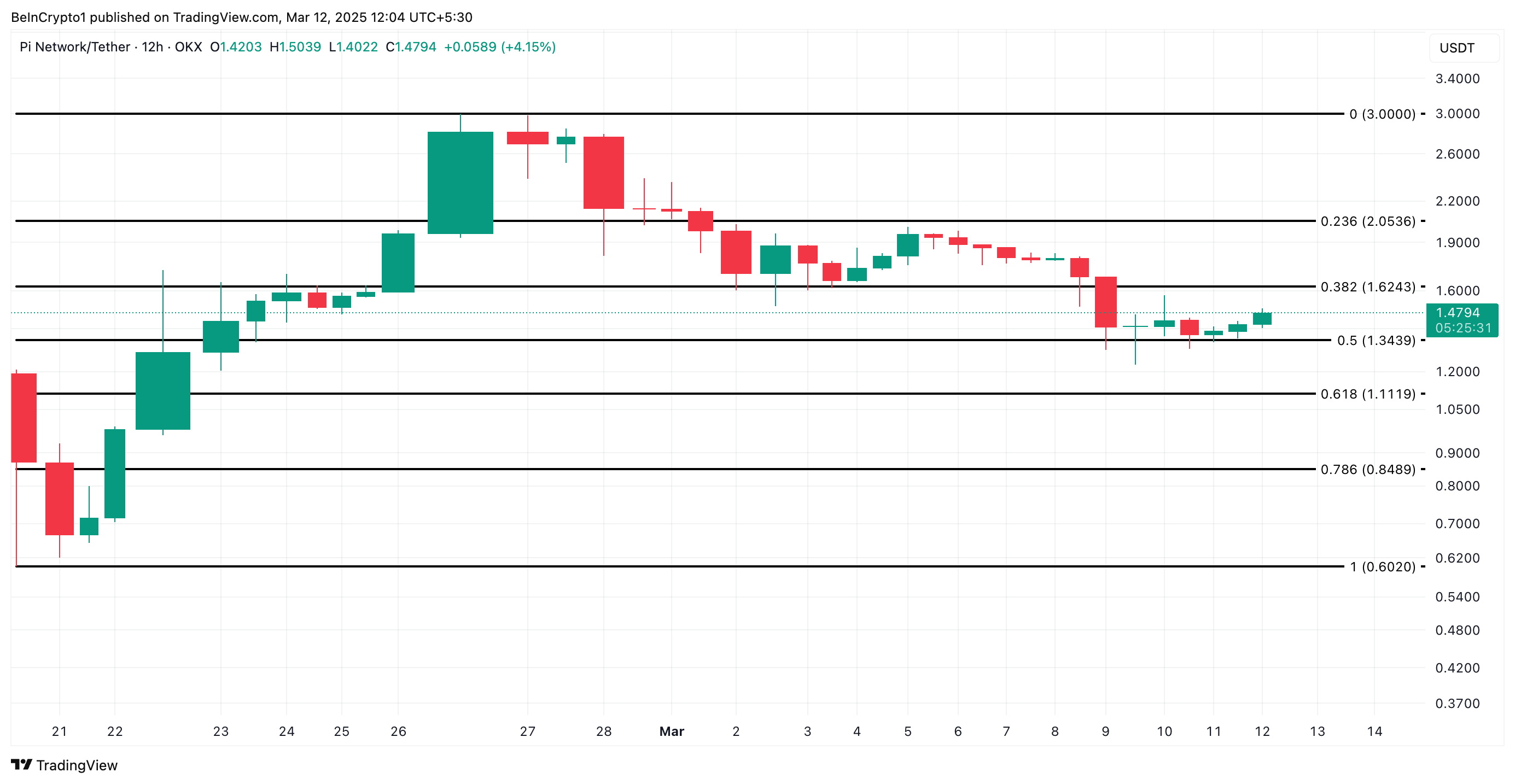
The BTC price rallied past the $95,000 mark for the first time in two months as China exempted some US goods from its 125% tariffs. A sustained bullish momentum for the flagship crypto could see it reclaim the psychological $100,000 level, which could pave the way to a new all-time high.
BTC Price Rallies $95,000 As China Exempts Some US Goods
The Bitcoin price broke above $95,000 following news that China has exempted some US imports from its 125% tariffs, which it imposed against the US earlier this month. According to the Reuters report, China allowed some US-made pharmaceuticals to enter the country without paying the 125% tax on US goods.
The report also mentioned that a list of 131 product categories is allegedly under consideration for exemptions. This list is believed to include chemicals, vaccines, and jet engines. However, it is worth mentioning that China has yet to comment publicly on this development.
Market participants still see this development as a sign that the US-China trade war could be easing. Earlier today, China denied reports that Donald Trump and Xi Jinping had a call regarding the tariffs, which raised concerns that tensions remain high between the two countries.
This recent move to exempt some US goods suggests that China remains open to a settlement, despite rebuttals of Trump’s statement regarding progress in trade talks. The trade war, which began earlier this month, has negatively impacted the BTC price and other altcoins. However, the sentiment looks to have changed with investors now viewing BTC as a safe haven rather than a risk asset.
Next Target For The Flagship Crypto Is $99,000
In an X post, crypto analyst Titan of Crypto stated that the next target for the Bitcoin price is $99,000 after it hit the $95,000 target. However, he added that BTC first needs to close and hold above the previous monthly high it just tapped.

Crypto analyst Kevin Capital stated that the BTC price on the monthly timeframe looks not only perfect but also like a perfect back test of previous all-time highs (ATHs). It is worth mentioning that renowned finance author Robert Kiyosaki recently predicted that Bitcoin could rally to a new ATH of between $180,000 and $200,000 this year.
Meanwhile, Cathie Wood’s Ark Invest also provided a bullish outlook for the Bitcoin price, predicting that it could reach as high as $1.5 million by 2030. The firm also presented a base case of $710,000 per BTC by that time.
The post BTC Price Rallies As China Exempts Some US Imports From 125% Tariffs appeared first on CoinGape.












